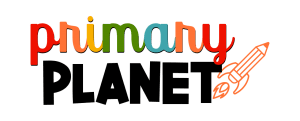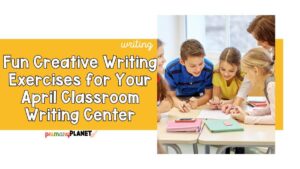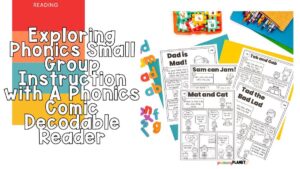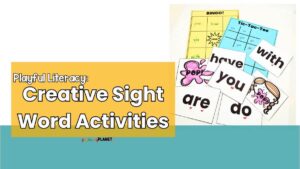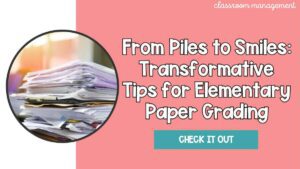
How To Improve Reading Comprehension Skills with Quality Reading Responses
Hey there! Thanks so much for stopping by! So, how do you feel when you hear the words Reading Response or Respond to Reading? I’ll give you a minute…
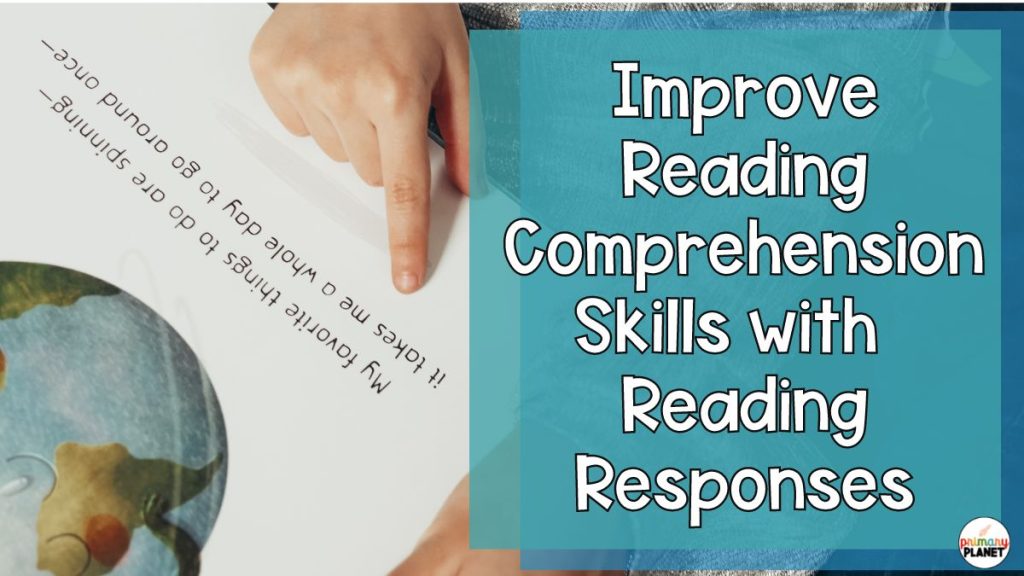
What is a Reading Response?
A reading response is something you do after you read a text. It can be as simple as drawing a picture of a favorite part to a rhetorical analysis of the text. We all have some “response to reading”. I know as an adult, I LOVE to talk about the books I’ve read. I keep a list of the books I have read and what I would like to read next. I write down words from the books I read, passages I liked, or things I would like to remember.
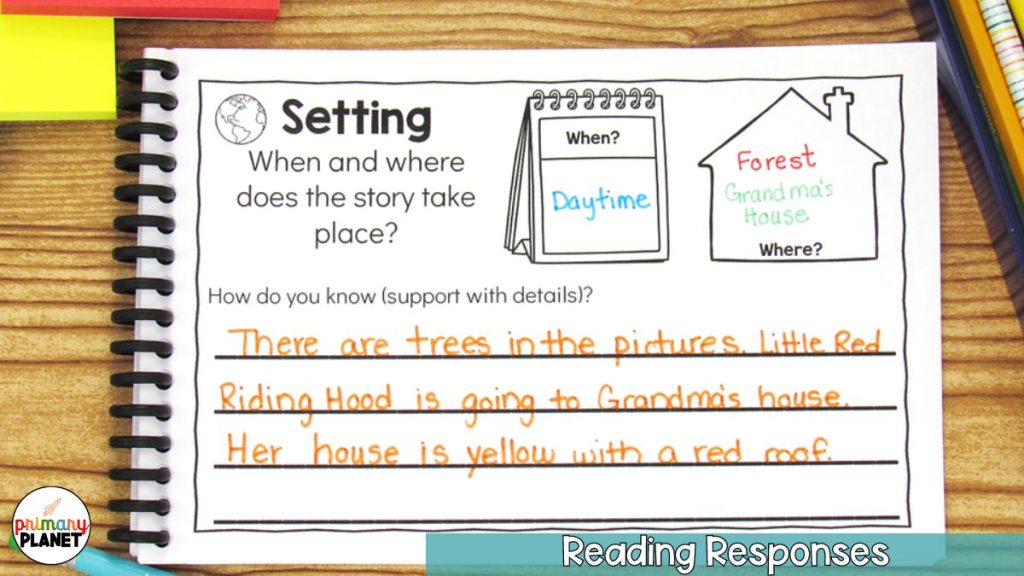
Why do Reading Responses?
Reading responses can help you (and your students) determine what parts of the text they understand, and what parts they may need more support to comprehend. Maybe your student is really good at identifying the story elements but is having trouble understanding how the characters change. This helps you to plan your reading comprehension instruction for that specific student, or if you see this in multiple students a whole group lesson.
How Reading Responses Improve Reading Comprehension
Reading responses help students to remember what they read. When you write things down you remember them better! Having your students write (or draw) about what they are reading helps them to better understand and remember
Structured reading responses such as in-class reading logs, or reading comprehension worksheets, can help to focus students on a particular reading skill or a particular part of a story. Reading responses are usually completed after the reading is completed, but they can facilitate thinking before reading, during reading, AND after reading. Using “thinking strategies” with your reading responses will help your student build their reading comprehension.
Before reading: Pass out or discuss the type of reading response your students will be doing. Active Prior Knowledge by discussing what we already know about the story or the topic of the text, discussing any vocabulary or new words that they may encounter, talk about any new story elements, or settings. Get your students to think about what they will be responding to helps them to listen carefully and think about the text beforehand.
During Reading: Depending on the type of response your students will be completing during reading they can: write down or doodle questions they have while they are reading, connections that they make to a personal experience or another text, they can draw what they are visualizing, and make predictions about what they think will happen next.
After reading: Students can reread or revisit the text. Then, they complete the reading response to get down on paper what they remember about the text.
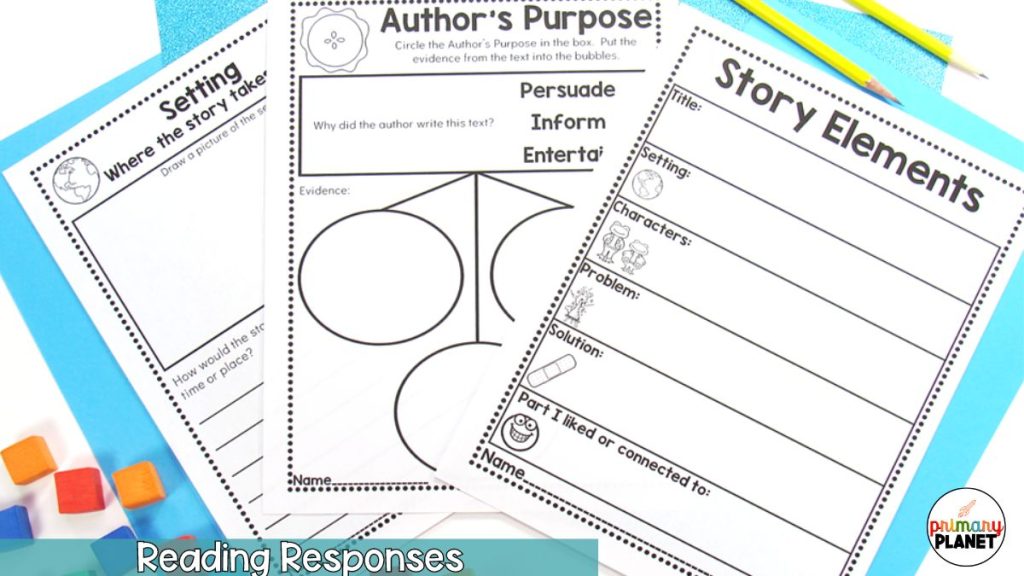
Fun Ideas for Responding to Reading
Reading responses don’t have to be a worksheet, but having your students write about the text is more beneficial to students than just talking about it. Of course, you can (and should) do a little of both! Have your students discuss the prompt or reading response with a partner first, then they can complete the response after.
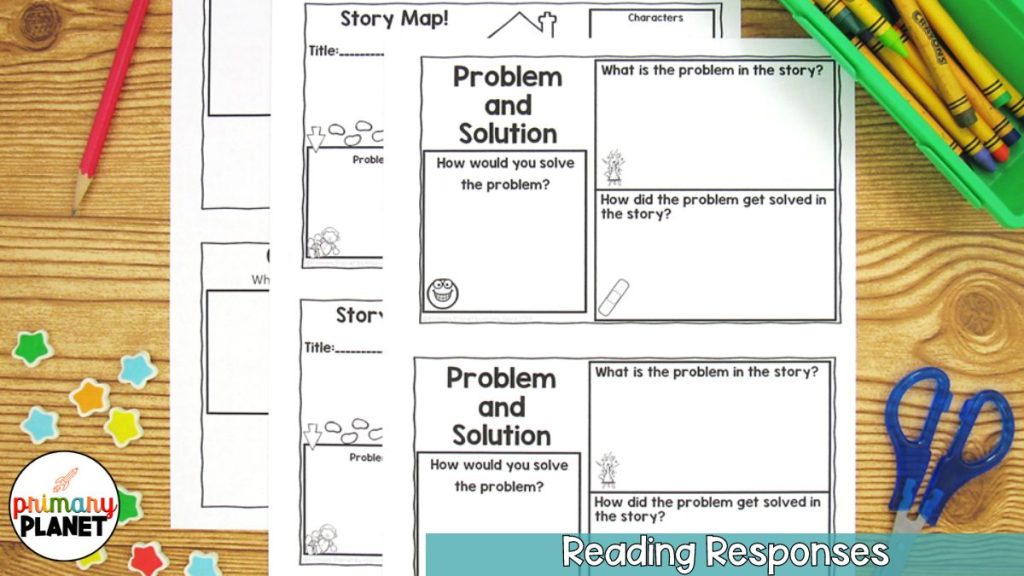
This is a great time to encourage your students to reread or revisit the text. If you are having your students respond to a text that you read aloud, have the book available if they want to go back and look through it again. MANY books have can be found read aloud on the internet (think youtube), so if your students have devices, they can be directed to listen to the text again. Here are some reading responses that do not require a specific worksheet:
- Draw a picture- favorite part, favorite character, the setting, a new word that you learned, a part that made you think, a connection that you had, something that confused you…(the possibilities really are endless).
- Write about the picture that you drew.
- Use Padlet to make a video about the book, or even an audio recording. Make it available so students can watch or listen to their classmates’ responses. I am not affiliated with Padlet, I just really like the platform. You do have to sign up for an account, but it is free! I encourage you to check it out!
- If you have the tech, students can take a picture of part of the text, add it to a google doc, then type their response.
Of course, I do really enjoy a good Reading Response “Worksheet” (for lack of a better word). These responses are usually pretty structured so your students will know exactly what they are supposed to be writing down. They are a little less ambiguous. You can really hone in on what skills your students have a handle on and what they still need to work on.
If you are looking for more ideas and how even how to make reading logs more fun and beneficial for your students you can find some great ideas here! Thanks so much for pinning this image to share with others! Much appreciated.
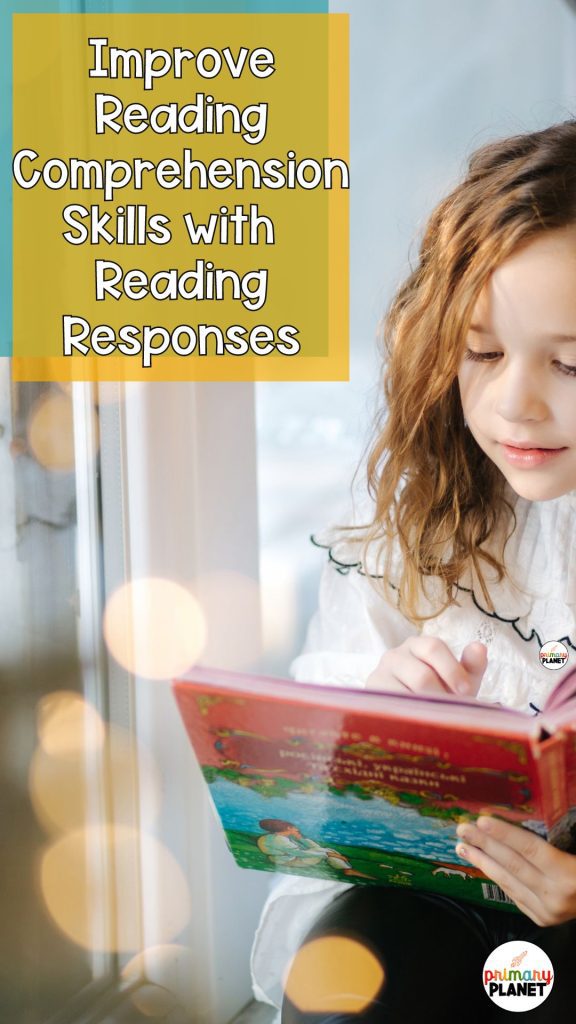
Thanks so much for reading! Happy Teaching,

Share it:
- Read more about: Reading
